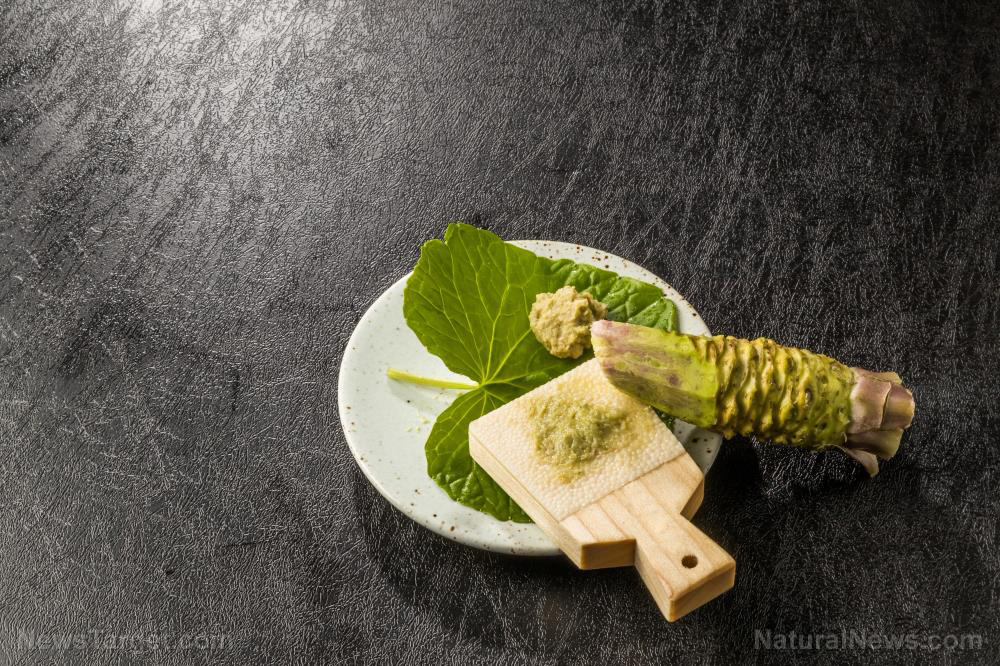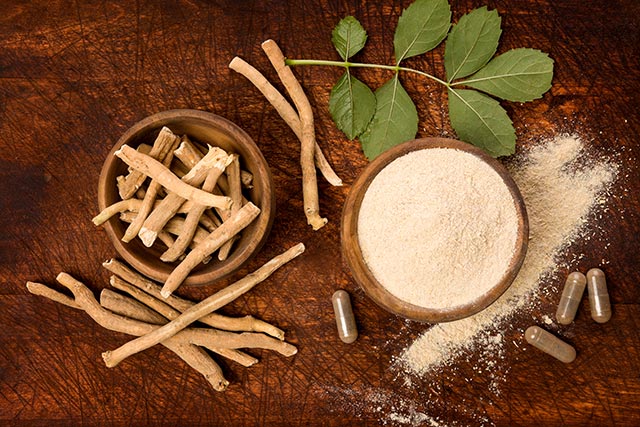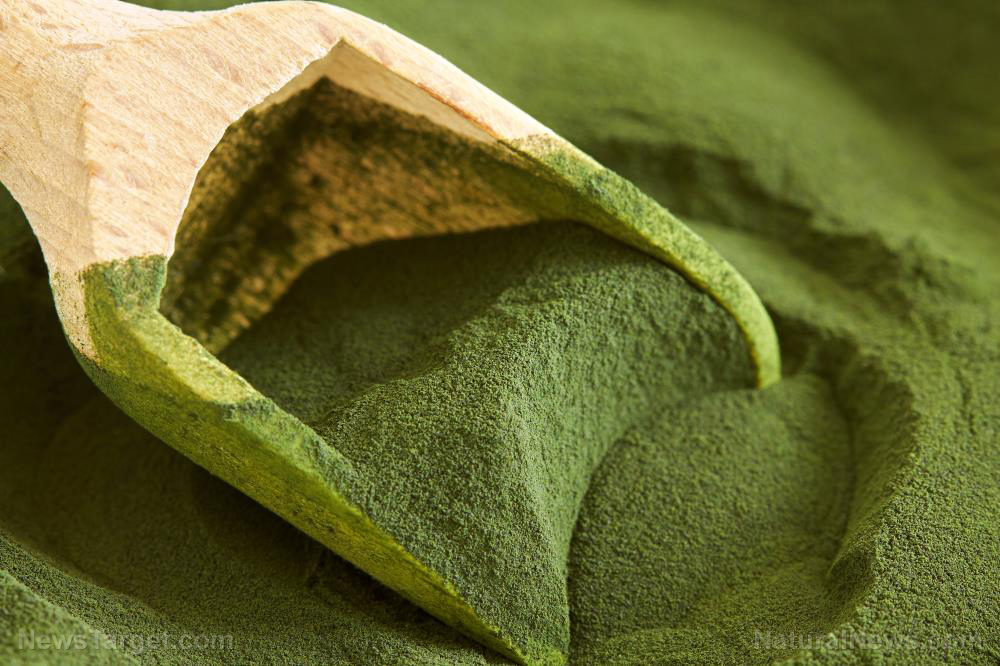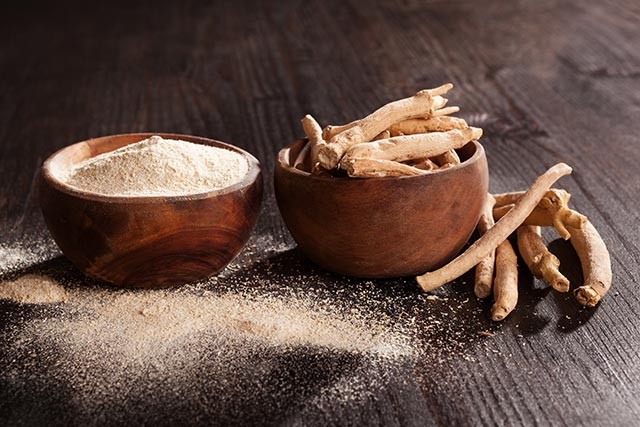A guide to flushing fluoride out of your body
12/19/2018 / By Tracey Watson

Back in the 1930s, scientists decided that adding fluoride to drinking water would protect teeth from decay. Bacteria in the mouth produces acid when sugary foods are eaten, and this acid, in turn, damages the surface of the teeth, weakening them and increasing the risk of cavities. These scientists believed that fluoride could help to rebuild and strengthen the teeth, and that providing “frequent and consistent contact with low levels of fluoride” via drinking water would, therefore, be a good idea.
Setting aside the fact that there is very little evidence to back up their theory, this “frequent and consistent contact” with fluoride has other, negative side effects for the human body. Fluoride is more toxic than lead and only slightly less toxic than arsenic. Overdosing on it could cause serious poisoning, and in big enough doses, even lead to death. It is not an acute overdose that natural healthcare practitioners are concerned about, however, but long-term, chronic exposure to fluoride. As noted by Green Med Info, this type of exposure can cause the pineal gland to calcify, hardens the arteries, and can increase risk of hypothyroidism, among other things.
There is good news though: Although it’s almost impossible to totally prevent fluoride consumption, it is possible to detoxify and remove it from the body. Here’s how.
Iodine is the answer
Unfortunately, avoiding fluoride, even if you have a really good water filter like the Big Berkey which can absorb unwanted elements like fluoride and arsenic, is virtually impossible. Fluoride is pervasive in our environment, often without us realizing it. For example, it is present in the antidepressant drug Prozac; you soak it in when you swim in a swimming pool or hot tub; it contaminates commercially baked bakery products; fresh, conventionally grown produce like lettuce is soaked in it; and it’s present in any product made with water, including beer, iced tea, wine and baby formula. And the list goes on.
Since fluoride is not a heavy metal, eliminating it from the body requires a different approach. Fluoride is part of the family of minerals known as halides, all of which bind to iodine receptors in the body and displace iodine.
Green Med Info reported:
[T]he only effective way to detox from perchlorate, fluoride or other halides is with iodine. Chelation and other methods for heavy metal detox may not be as effective.
Loading the body with iodine displaces fluoride from cell receptors and flushes the fluoride out of the body in urine.
Your body can’t make iodine. You have to get it from food or supplements. And unfortunately it’s estimated that as many as 74% of Americans are deficient in this crucial element.
The best dietary source of iodine is seaweed. Sea vegetables like wakame, nori, kombu (kelp), arame, and dulse are the richest edible sources of iodine. Just one tablespoon of dried dulse flakes contains about 750 mcg of iodine.
While iodine supplements are commercially available, natural health practitioners recommend getting it from food sources since this is less likely to have side effects and allows your body to absorb exactly what it needs.
Other rich sources of iodine are seafood, yogurt, cranberries, strawberries (but beware of the pesticide-doused GMO varieties) and navy beans.
Detoxing from fluoride can result in side effects like headaches and palpitations, but rest assured, these will subside. It is also important to provide your liver with additional support when detoxing by drinking lots of water and eating liver cleansing foods like flaxseeds, turmeric, garlic, milk thistle, lemons, limes and avocados.
Studies have also found that the curcumin in turmeric protects against the damaging effects of fluoride, and that tamarind – a tropical tree – dramatically increases the body’s ability to eliminate fluoride. Learn more at Fluoride.news.
Sources include:
Tagged Under: clean living, clean water, curcumin, detox, detoxification, detoxifying, disease causes, environment, Fluoride, halides, iodine, natural cures, natural health, natural remedies, remedies, Tamarind, toxic ingredients, toxins




















